Caring for flamingos the world over
Happy New Year flamingo followers. And welcome to the first edition of the WWT Flamingo Diary for 2019. I am going to start off the new year with some exciting news. You may be aware that WWT is the home of the Flamingo Specialist Group, an organisation that sits within the folds of the International Union for the Conservation of Nature (IUCN): https://www.iucn.org/
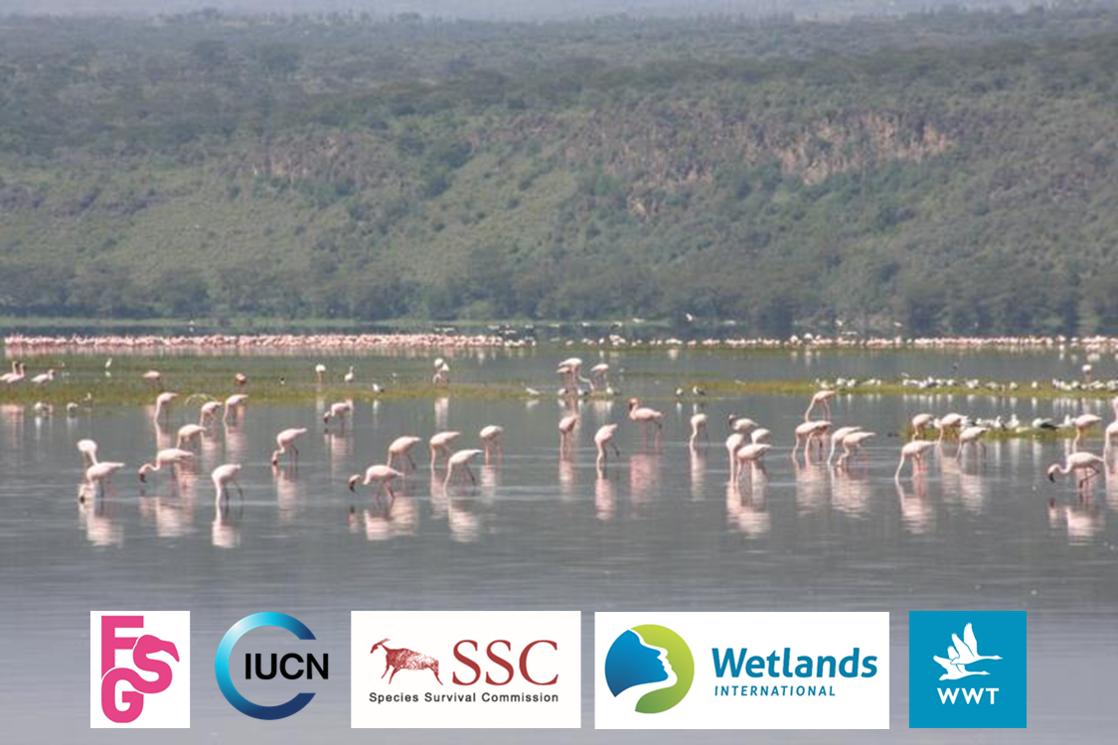
The Flamingo Specialist Group (FSG) has a membership that is global and covers the work of flamingo experts working with captive and wild birds. And as the co-chair of this Specialised Group, it’s been great for me to be involved in the relaunch of the FSG’s journal at the end of 2018.
If you’re interested in current news from the field, wherever flamingos may be in the world then you can read all of the articles in Flamingo (original name, I know) for free at the FSG's website: http://www.flamingo-sg.org/journal/flamingo-2018/
All six species of flamingo are covered in the articles contained within. It’s wonderful to see the breadth of scientific research and study that is taking place on flamingos, in all different populations.
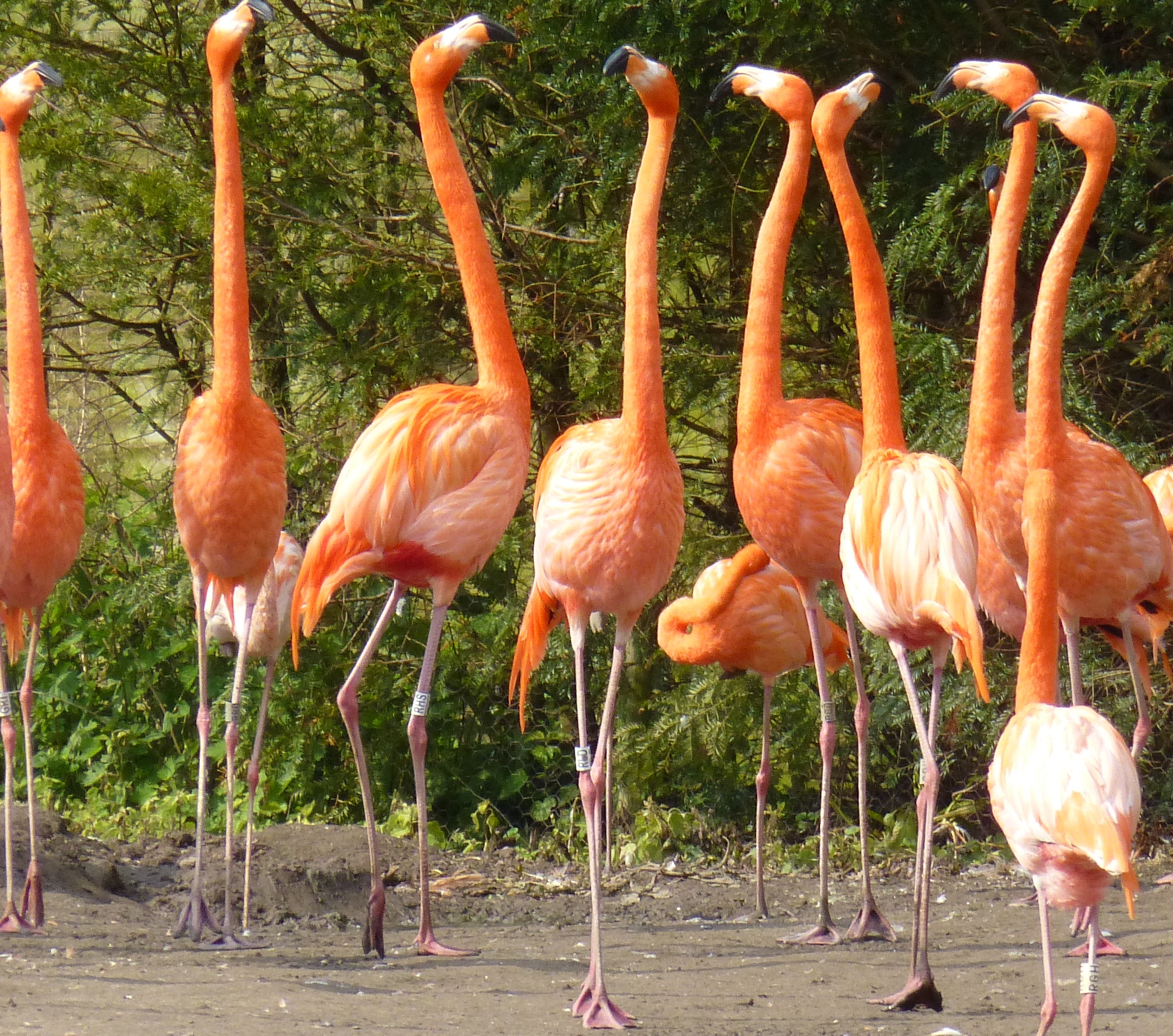
WWT’s own flamingo contribute a great deal of information to our understanding of flamingo biology and management. The birds you can see at Slimbridge, Martin Mere, Llanelli and Washington Wetland Centres are not just for show. They help us learn more about how flamingos “work” and what they need to survive. They are amazing ambassadors for their wild counterparts.
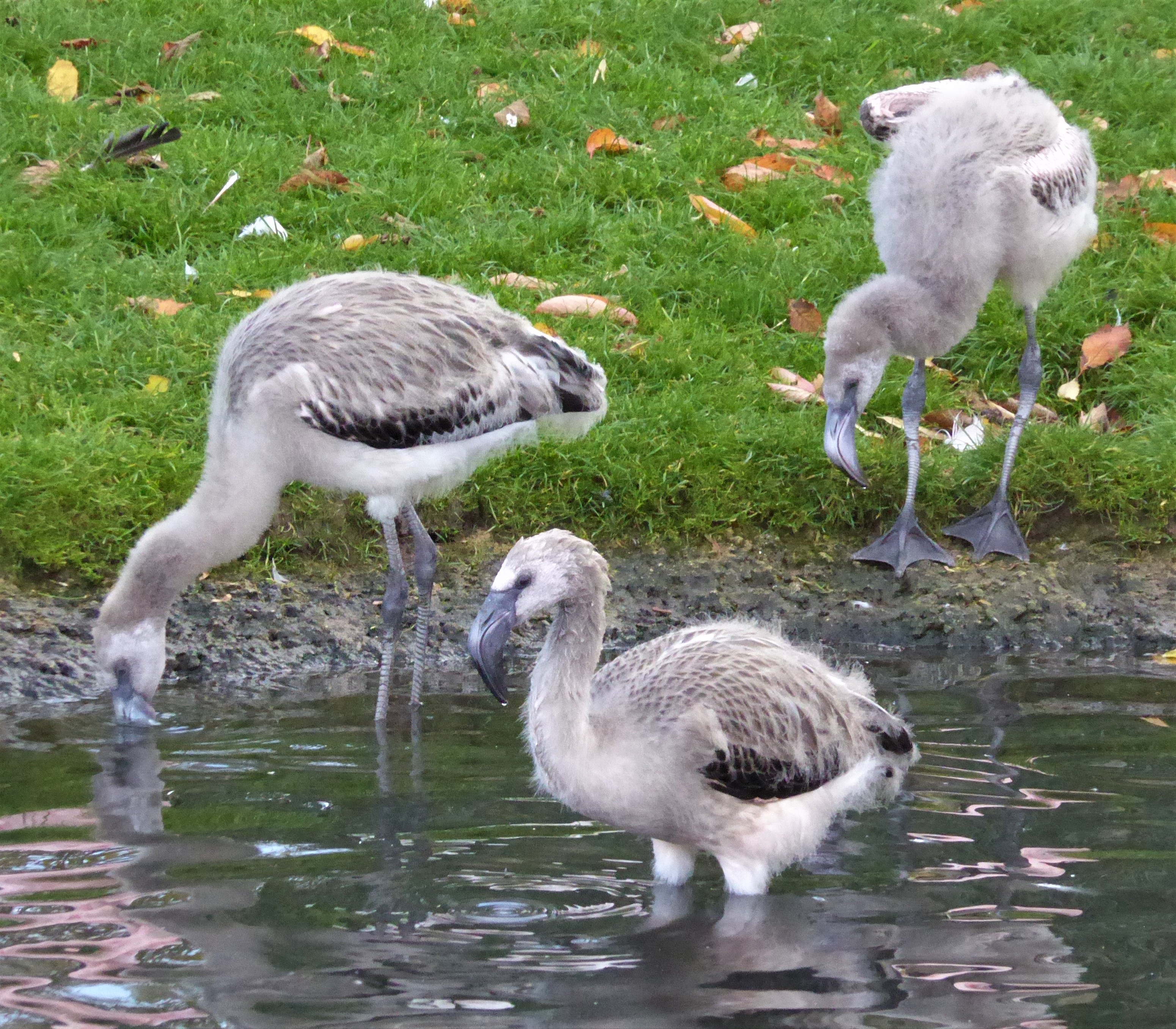
This year brings new projects to WWT’s bird collections, which add extra value to these flamingos and to those in other parts of the world. As ever, I’ll be posting entries on this flamingo science over the course of 2019. But a few sneak peaks for you… we’ll be investigating the lives of the foster-reared Chilean flamingos in more detail. We’ll continue with the nocturnal trends (assessing what we know about how lesser flamingos behave at night). And I’ll be looking into the relationships and friendships between birds in some more details too. This long-running "flamingo friends" project is helping us piece together the reasons behind flamingo social behaviour, and what it means for how we manage our flocks of flamingos in zoological collections. It's important that we continue to research our flamingos in human care for we can then better maintain sustainable populations of these birds into the future. And these sustainable populations help to tell the story of their wild cousins- which is probably the most important job for our collection birds to do.
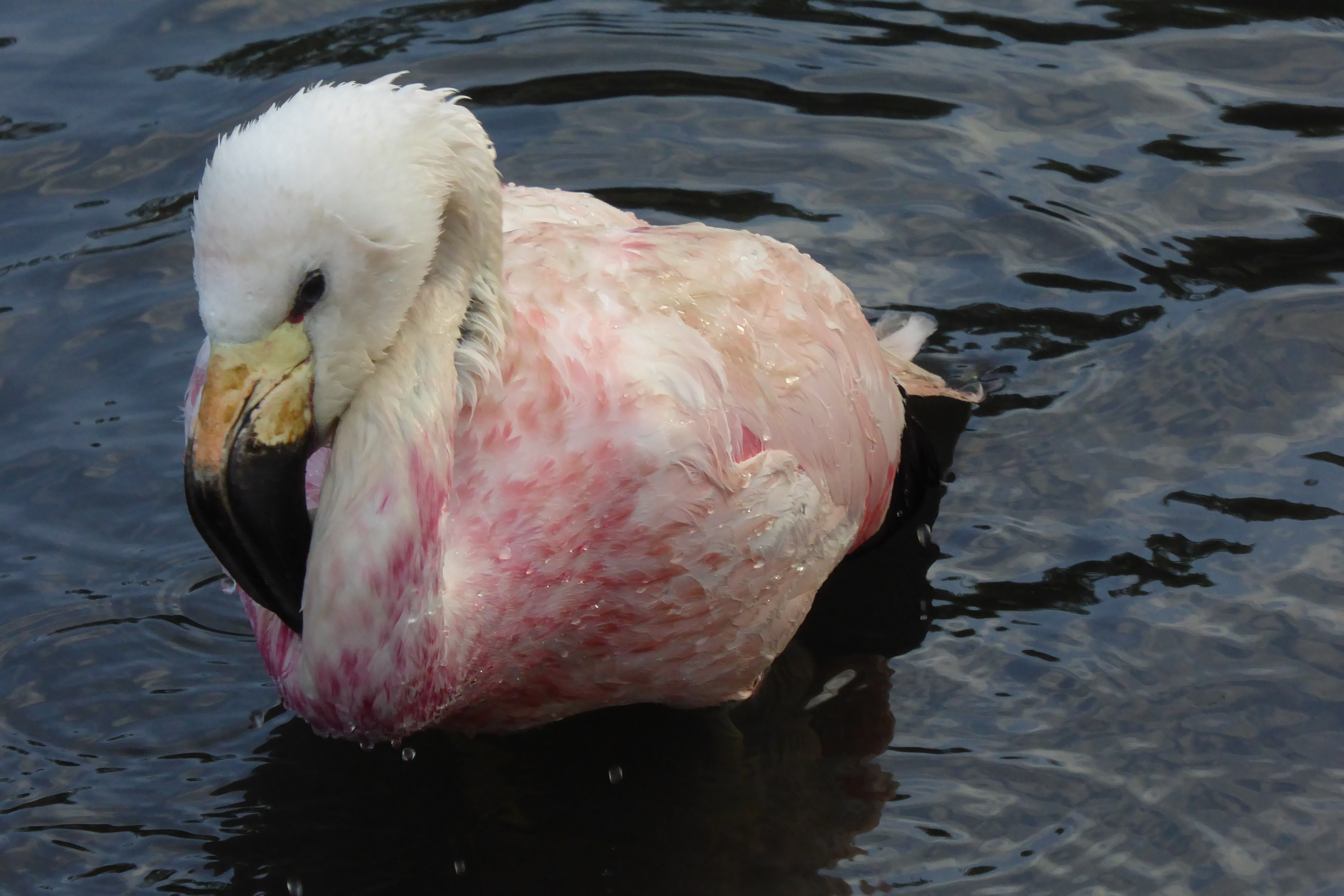
Four of the six flamingo species are of conservation concern. You can find out more about their plight on the Red List of the IUCN: https://www.iucnredlist.org/ and searching for each species of flamingo in turn. Classifying a species on the Red List is the standard way of determining how well it is doing in the wild. Is the population OK? Or does it need help to prevent extinction? WWT are experts at preventing extinction- you've all met a friendly Hawaiian goose (nene) on your visits to one of our centres right?! Raising awareness of the threats to flamingos means we can keep them safe too.
The Andean flamingo is categorised as Vulnerable- the most serious threat level of all flamingo species. Currently the wild population has stabilised; let's hope it now starts to grow. James', lesser and Chilean flamingos are all said to be "Near Threatened"- meaning that without management, monitoring and research their populations could fall to critical levels in the near future.
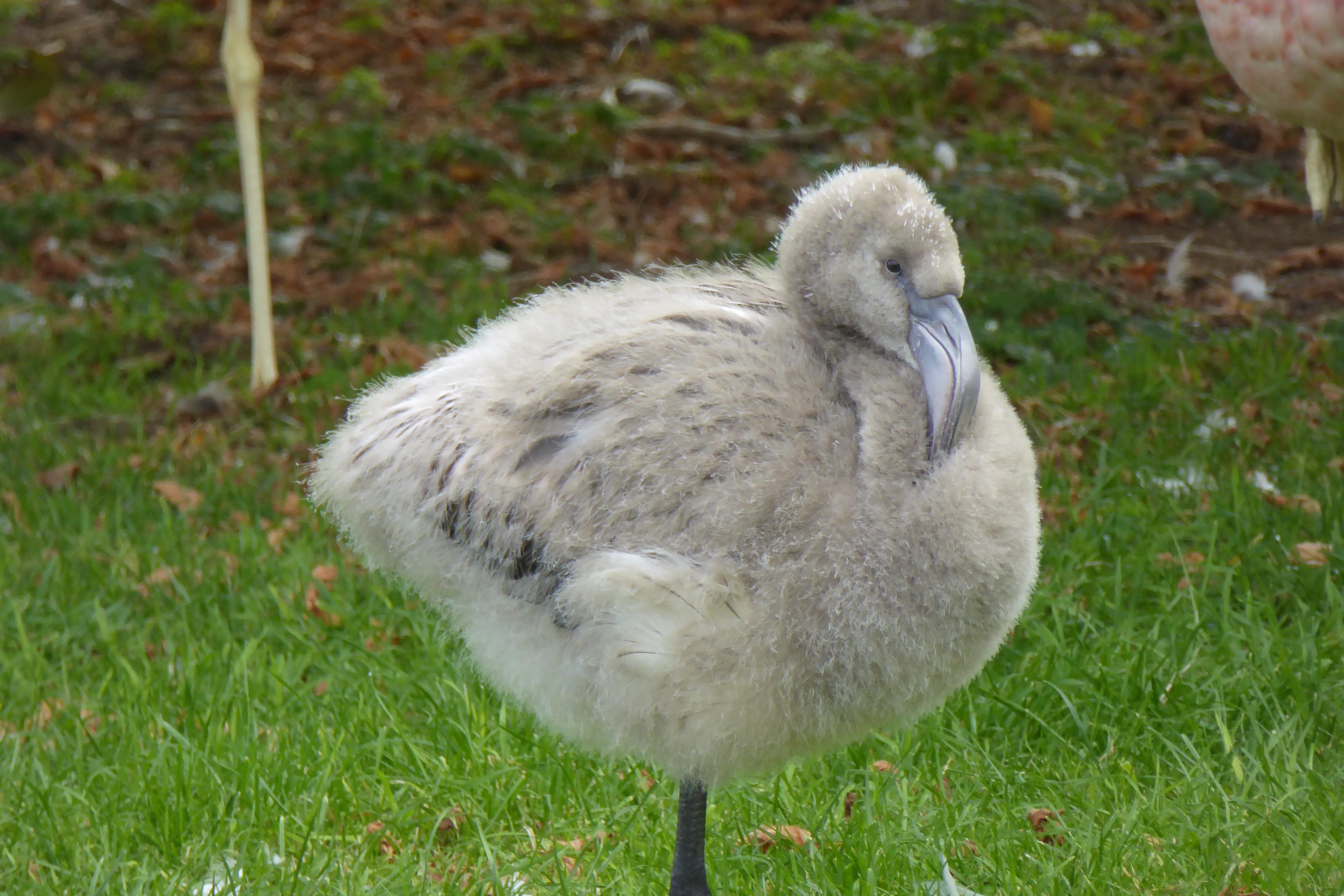
Therefore it's great news that the FSG's journal is available once again as a way of sharing vital information on flamingo population sizes, habitats and breeding success. And to show how we can best manage their wetland homes to keep them safe and secure for these amazing birds. So go on, treat yourself to a free publication all about everyone's favourite pink birds :-)


